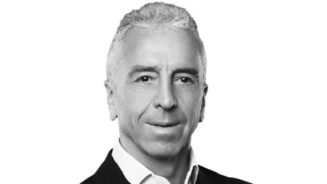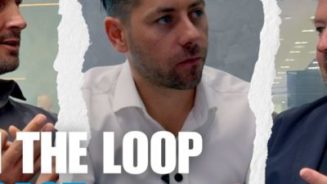Broad vision
However, rather than talking about individual stocks, he prefers to give an idea of which sectors he is trimming, and where he is adding exposure. “We have become more defensive,” he says.
“We want to make sure earnings growth is more robust and secure, rather than having pretty volatile numbers, so we like the UAE banks. While growth may not be as strong as last year, they are still in decent shape and we should see fairly decent operating income growth, matched with falling provisions.”
He has also added to healthcare for the portfolio, and some consumer non-discretionary exposure.
He highlights Egypt as a country he is keen on, and some of the IPOs, such as food company Edita and laboratory company IDH.
“Despite some concerns on currency devaluation, the two core issues for Egypt are the forex reserves and the availability of energy resources, both of which they are actively trying to fix. We think Egypt is making progress in these areas, which will be good for the economy.”
Saudi signposts
As for the outlook, he points to Saudi Arabia going through an adjustment phase over the next two or three years of careful spending.
“It will have a budget deficit and it will have to find a way to cut some unnecessary expenses to keep what is necessary going. But the dynamics and demographics are still strong. Saudi has a very young population and they are going to make sure job creation is there.
“The social aspect of the countries will force positive changes, despite the fact the oil price is not what it used to be. Saudi has got huge forex reserves in the country, so it should be able to help them weather through this period of lower-than-average oil prices. So we do like Saudi from that perspective.
“We are just being opportunistic about when to take profits and when to add back to our positions.”
Eventually, Wei Lee will be looking to increase his Saudi weighting into those companies and sectors where he identifies a fairly robust and stable earnings track record.
“I will be coming to those companies if there is an oil price recovery. We have to get over some speed bumps about China’s growth, and once we have all that sorted out and we see oil price moving back towards the $60/$70 level, I think we will be increasing our weighting.”
In overall terms, Wei Lee expects his slightly defensive positioning to become positive at the end of this year and early into 2016.




